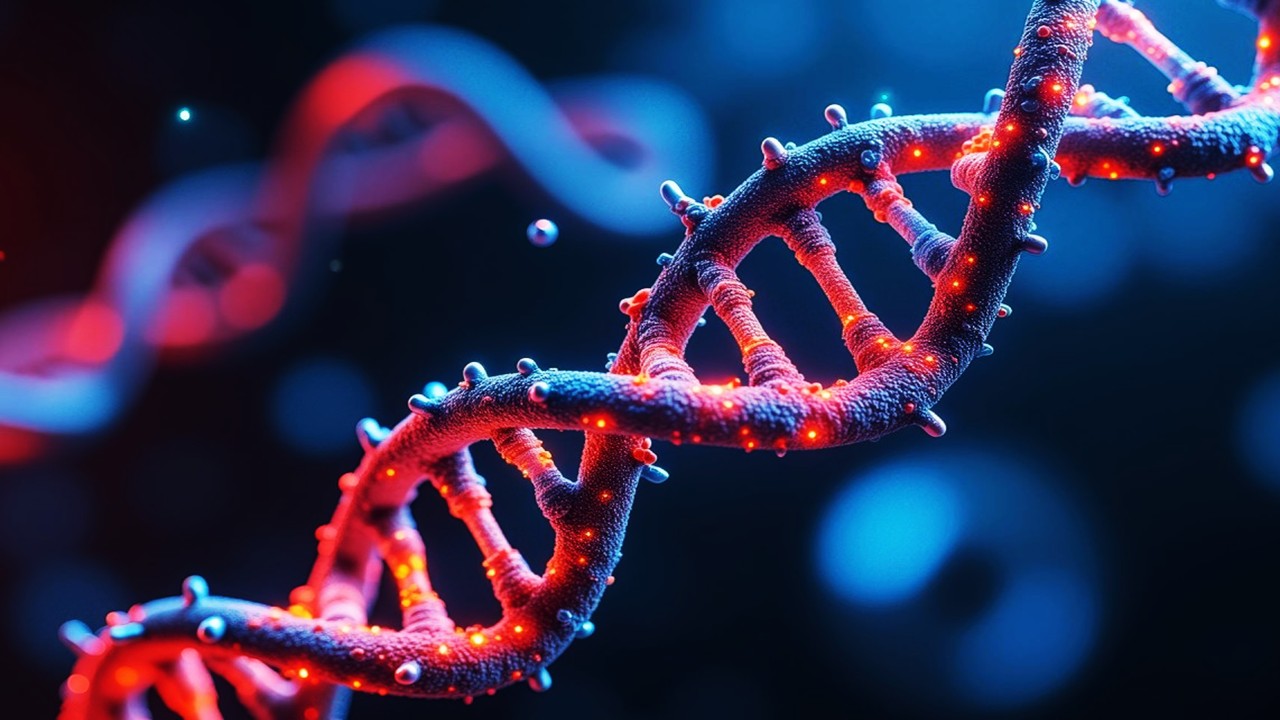
The disparity between animal models and clinical efficacy is compromising the safety and efficacy of therapeutic drugs. Translational research is building the bridge between preclinical studies and therapeutic treatment. Genomic techniques and non-traditional animal models are examples of translational approaches supporting drug development.
Introduction to translational research
Across the scope of scientific research there are two main categories known as basic and applied research. Basic research is performed to gain a greater understanding of newly discovered molecules/cells, unusual phenomena, or processes with a limited understanding. The goal is to further scientific knowledge without an obvious or immediate benefit.
Applied research is the practical application of science focusing on the development of technology and techniques for future problems. To clarify, an example of basic science would be a preclinical model of diabetes, whereas applied science would be a doctor administering a drug to control a patient’s blood sugar.
One of the main problems across the pharmaceutical industry is the translation from basic science to applied science. Animal models are a fundamental part of basic scientific research, however they are not always able to encapsulate human physiology. The complexity of the human body and disease presents a challenge in creating translatable preclinical animal models.
Translatability is a critical factor in understanding disease pathology for target identification as well as predicting the pharmacokinetics of a drug candidate in humans. Suboptimal trial design, poor patient selection and a lack of validated disease biomarkers are a few examples of the challenges that arise with poor translation from basic to applied science.
The goal of translational research is to integrate advancements in preclinical studies with clinical trials to take research from the “bench-to-bedside”. The translational approach to drug development incorporates “the target of a specific unmet clinical need from the outset; targets mechanisms underlying clinically relevant problems and designs drugs to address those issues directly”.
Reverse translation
In order to address the current dilemma, the concept of reverse translation has been developed. In reverse translational research, data from human subjects is used to develop new hypotheses for testing in the lab and develop new animal models and therapeutics.
A number of new technologies created in the last few years have supported the implementation of reverse translational research.
GWAS studies
GWAS (genome-wide association studies) are an example of a genomic application used to support reverse translation. This has been used to identify “hundreds of novel genes and gene variants associated with risk or protection against human diseases”. The identification of disease-associated genes supports the creation of animal models which more accurately reflect the development of the disease. This enables the exploration of newly identified genes and novel disease pathways to support target identification and validation in drug discovery.
Recently, a 2021 study performed GWAS on autoimmune Addison’s Disease (AD) – a complex inherited disease and the most common cause of primary adrenal failure in the Western world. If untreated, the disease is fatal. Previously, the small patient population has limited the success of gene studies. Utilising the two largest Addison’s disease biobanks in the world, this study conducted the first GWAS study for autoimmune AD which revealed “nine genome-wide significant associations and explained 35-41% of the additive genetic heritability”.
The nine risk loci, in addition to the four novel loci, achieved genome-wide significance for association with the disease which is a significant step forward in understanding the correlation of autoimmunity in this disease. Loci refers to the “specific physical location of a gene or other DNA sequence on a chromosome”.
The significance of this reverse translational approach enables the creation of animal models for the study of rare, inherited diseases of which there may have been none previously available due to genomic complexity.
Molecular profiling
Molecular profiling is another approach to reverse translation used to “identify patterns of RNA and protein resistance associated with disease resistance”. Next generation sequencing (NGS) is another genomic tool as a part of molecular profiling. NGS enables the “simultaneous analysis of a broad spectrum of genomic alterations, including mutations and copy number variations (CNV)”. In comparison to conventional techniques which require unique assays for each analyte, NGS provides a more cost-efficient approach for tissue analysis.
This approach to genomic analysis has become increasingly popular in precision oncology.The genetic and protein-based profiling of tumours has begun to better define the molecular signatures of tumour types. The historical challenges with cancer treatment has been noted as the ‘one size fits all’ approach to treatment across the spectrum of cancer types, potentially due to the poor translation from the challenge of developing preclinical models.
However, now, the genomic profiling of cancer types using tools like NGS can optimise specific genomic targets for drug development and predict treatment response. As a result, molecular profiling of tumours has been associated with better responses to immunotherapy and higher patient survival rates.
Non-rodent models
Rodent models remain at the forefront of preclinical studies for a number of diseases, however smaller animal models have become increasingly popular over the last few years. Small animal models such as fruit flies and zebrafish are a cheaper, faster alternative to rodent models for disease modelling and can “provide a bridge between in vitro and rodent models”.
In addition to the feasibility of small animal models, they can still offer the same scientific value as rodent models. In zebrafish, over 80% of human disease genes are conserved and the transparency of cells enables fluorescent labelling which can be visualised in situ over time.
There are a number of additional advantages these small animal models offer over traditional animals models which supports translational research:
• Reverse genetic screens to identity new molecular partners of disease genes and new drug targets
• High-throughput phenotype-based screening
• Enhancer/suppressor screens for drug discovery
The therapeutic benefit of these smaller animal models has been seen in drug development across many fields. A number of approved cancer drugs including crizotinib and vandetanib were developed in fruit fly models.
Continuous development of translational approaches will further optimise the drug development process and produce therapeutic treatment which is safer and more effective for even the most complex of diseases.
Charlotte Di Salvo, Former Editor & Chief Medical Writer
PharmaFEATURES
Subscribe
to get our
LATEST NEWS
Related Posts

Drug Discovery Biology
Breaking Barriers: Macrocyclic Peptides as Next-Gen Membrane-Disrupting Antimicrobials
The relentless evolution of bacterial resistance has rendered many conventional antibiotics ineffective, pushing researchers toward unconventional therapeutic strategies.

Drug Discovery Biology
Democratizing Mass Spectrometry: The Automation Revolution Unlocking Precision Measurement
Automation simplifies workflows and enables new experiments with mass spec’s unmatched specificity.
Read More Articles
Pathogenic Targeting 5.0: The Rise of RNA Therapeutics and Peptide-Based Drugs in Modern Medicine
Unlike traditional small-molecule drugs, which interact with proteins, RNA therapies modulate gene expression directly, enabling interventions at the root of disease.
Chemical Gale: How Wind Energy is Reshaping Industrial Manufacturing
The integration of wind energy into chemical manufacturing constitutes a fundamental reimagining of process chemistry.













